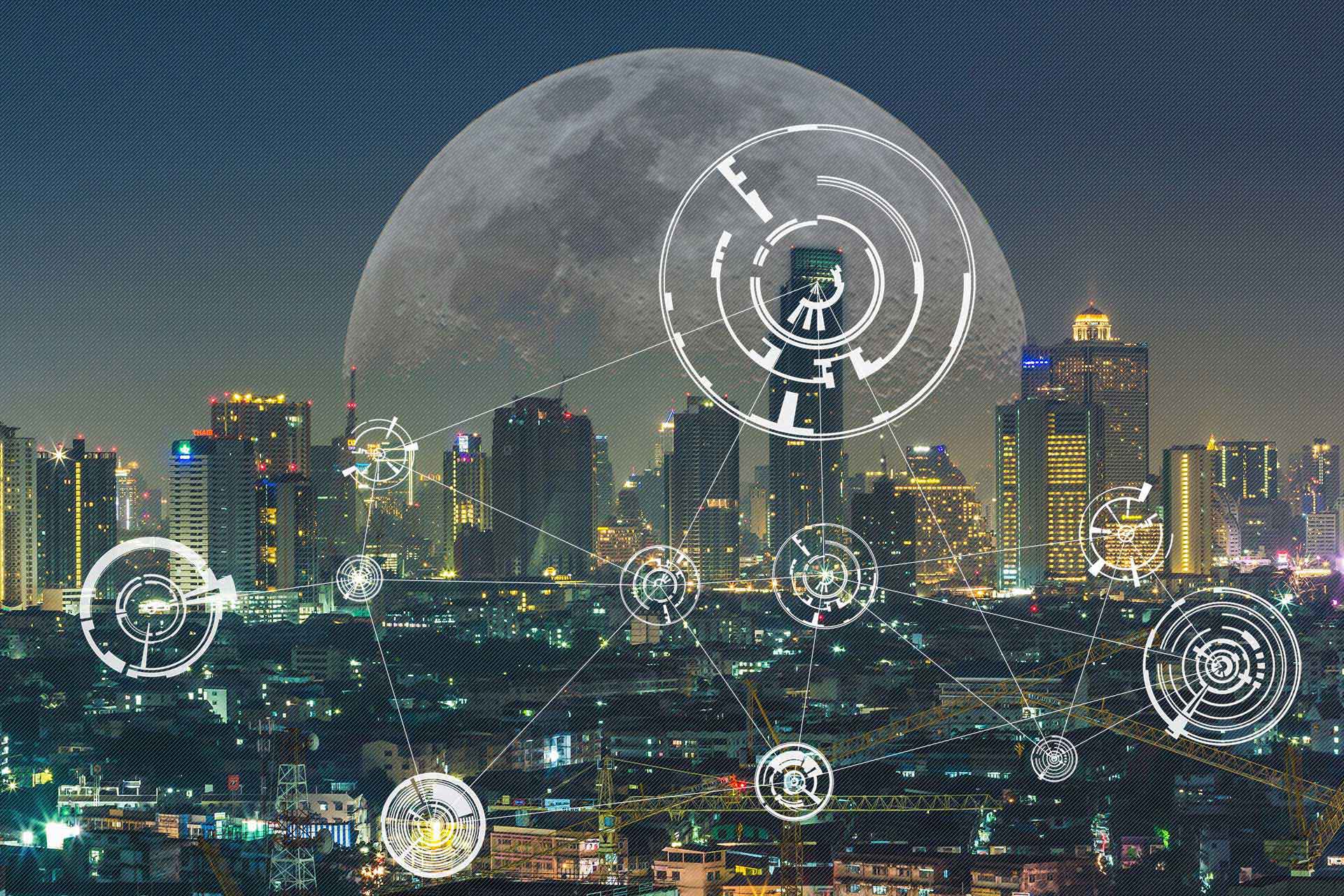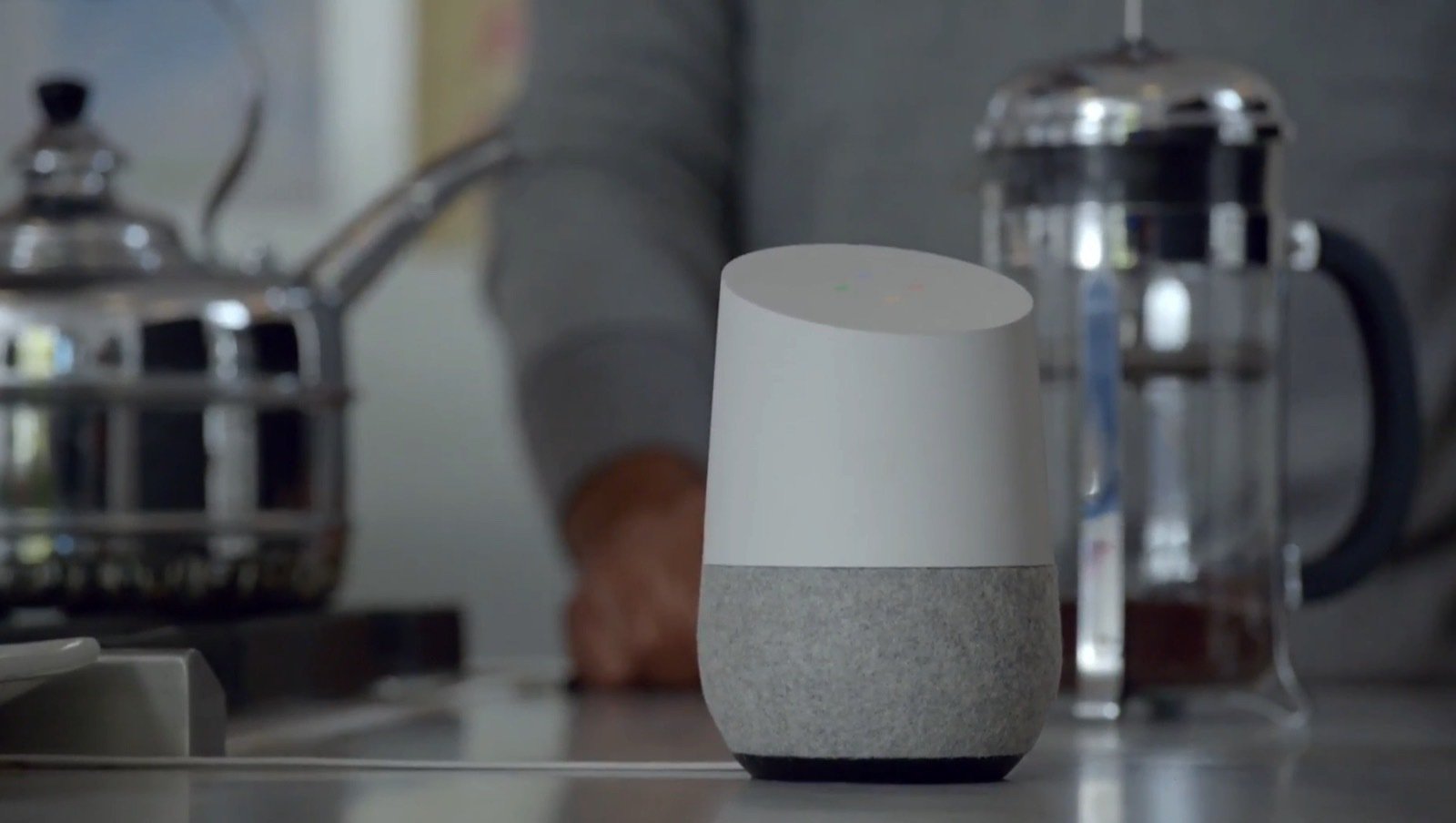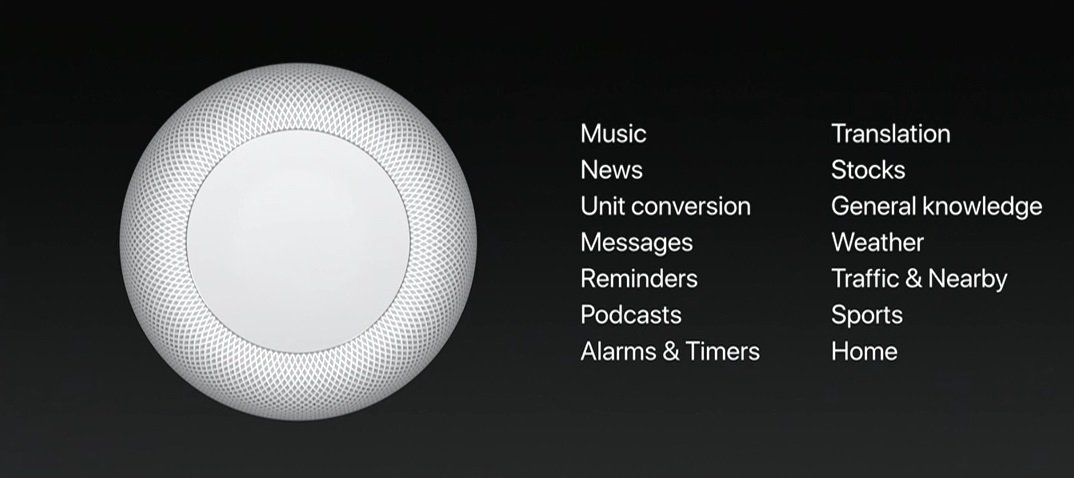What is ambient computing and why does it matter to you?
Ambient computing is a term that we are hearing more often lately. But what is it and why does it matter?

To understand ambient computing we must first understand the Internet of Things (IoT). IoT refers to the interconnected array of computing devices, objects, and machines with unique identifiers that are capable of transferring data over a network without human-to-human or human-to-computer interaction.
IoT is becoming a normal part of our infrastructure. As with many technologies, it is becoming the "invisible" and supportive backdrop to our daily lives, helping us to accomplish various tasks in various settings.
The IoT is comprised of devices of varying complexities and equally varied purposes. IoT devices can be internet-connected home appliances, intelligent surveillance in the community, wearable devices, smart cars, smart home speakers and more.

By 2020 there is expected to be a three-fold increase in IoT devices to 34 billion far surpassing a human population of 7.5 billion. There will be nearly five times more intelligent machines engulfing and supporting human communities than there will be people.
Companies like Microsoft, Google, Samsung, Apple and Amazon are investing in this next phase of computing which is the foundation and infrastructure for ambient computing.
Google and Microsoft
The core of IoTs evolution to ambient computing is intelligence. Companies are therefore attempting to infuse intelligence into their IoT solutions. Google has an advanced AI platform, a competitive cloud solution and recently released the Google Assistant SDK so that companies can add Google Assistant to their hardware.

Microsoft, last year demonstrated it's cloud-based supercomputer which was able to translate "three billion words across five million articles in less than a tenth of a second" using Field Programmable Gate Arrays (FPGA). Microsoft CEO Satya Nadella said:
All the latest news, reviews, and guides for Windows and Xbox diehards.
"We are pursuing A.I. to empower every person and every institution that people build with the tools of A.I., so that they can go on to solve the most pressing problems of our society and our economy.
The Internet of Intelligent Things: Google, Samsung, Microsoft and the new battlefront
Microsoft's investments in the intelligent cloud, among other things, are the company's attempt to become a platform player in the internet of things. Microsoft also released the Cortana SDK enabling manufacturers to integrate its digital assistant into intelligent devices like the Harmen Kardon Invoke speaker.
Amazon and Samsung
Amazon is the world's number one cloud provider, and with Alexa, it provides the industry's leading smart home speaker. Amazon's Alexa set the bar for smart home speakers that rivals Google, Apple and Microsoft are striving to surpass.
Samsung's acquisition of startup Viv allows the company to integrate the unbounded, self-programming Viv AI not only into phones but also the 500 million products it ships each year. Additionally, Samsung's Harman acquisitioin gives it an advantage with intelligent cars and other connected solutions as seen in the video below:
Young Sohn, President and Chief Strategy Officer of Samsung Electronics HARMAN said: "We see transformative opportunities in the car – and a future which seamlessly connects lifestyle across automotive, home, mobile and work."
Apple
Compared to competitors Amazon, Microsoft, and Google, Apple's iCloud is barely a blip as a cloud competitor. The company does, however, have industry support with intelligent home solutions, CarPlay — the company's in-car personal computing solution — and the upcoming Home Pod intelligent speaker.

Additionally, its partnership with IBM suggests a potential integration of Big Blue's industry-leading AI and IoT resources with Apple's aggressive consumer- and increasingly enterprise-focused strategies.
These and other companies are permeating our world with connected appliances, embedded computers, and intelligent cloud solutions. This nearly all-encompassing, intelligent computing environment is the foundation and framework of ambient computing.
Ambient computing taking shape
When the components of the IoT are in place and move from collecting and transferring information to using that information intelligently, computing has become ambient. In other words, ambient computing is when the computers and electronics within our environment can sense and respond to our presence and needs.
Various technological systems are crucial to enabling ambient computing. Embedded devices position deeply integrated computers throughout our communities. Context awareness enables devices to recognize users as well as their context. Personalization allows devices to fit specific needs. Adaptive technology allows devices to change in response to a user's needs. And anticipatory capabilities allow devices or systems to act proactively on a user's behalf.
Microsoft demonstrates AI-powered surveillance technology.
Together these technologies are represented in increasingly intelligent consumer-focused devices including smartphones, smart home hubs, intelligent car systems, wearables and more. Intelligent systems are also part of businesses and commercial and public infrastructure. Microsoft's AI-powered surveillance technology which can recognize people, places, things, and context and can act proactively is an example of advanced (and potentially intrusive) IoT solutions.
Ambient computers bringing the digital and physical worlds together
Ambient computing is happening all around us. As the intelligent cloud becomes more of a consistent backdrop to or personal and professional digital experiences the more our digital and physical worlds will merge. This progression will result in more natural interactions between humans and intelligent systems that can perceive us.
Powered by vision, hearing, emotion and a host of other cognitive services the computers that permeate our world will evolve in their ability to understand and proactively respond to our needs.
Microsoft's Cognitive Services and AI everywhere vision are making AI in our image
This is a vision of what the ambient computing digital/physical world may look like.
Not only will intelligent systems evolve in their capacity to perceive and interact with the physical world, but AR glasses or headsets will enable humans to see and interact with digital components of the IoT-based ambient computing environment that surround us. The digital and physical worlds will further merge as a result.
Ambient computing's future
Virtual reality (VR) will also enable us to delve into an immersive virtual representation of the digital world. Programming, problem-solving and other applications where users "exist" as an avatar on the digital plane and affect real code that manifests as real changes in the real world are already possibilities.
Code Builder for Microsoft's Minecraft for Education where students are taught to code using the wildly popular game is an example of this:
Ambient computing is much bigger than smart home appliances. It the intelligent computing platform based on the billions of devices that are part of the IoT that can perceive and interact with humans. As ambient computing evolves, the future of computing will become less device dependent or device-less.
Is quantum computing a genie we will wish we kept in the bottle
It will also become more pervasive and will know users across various contexts from home, work and even public places where connected devices act as a portal to an intelligent cloud that is managing our digital experiences.
Are you ready for such a future?
Also read:
Microsoft's Surface phone should include AR glasses, a pen and exclusive apps
Ambient computing: Will Microsoft's lack of consumer focus hurt its future
Dystopian abuse of Microsoft's powerful AI camera tech is all but inevitable
How Microsoft's mixed reality strategy may augment its Home Hub and IoT visions

Jason L Ward is a Former Columnist at Windows Central. He provided a unique big picture analysis of the complex world of Microsoft. Jason takes the small clues and gives you an insightful big picture perspective through storytelling that you won't find *anywhere* else. Seriously, this dude thinks outside the box. Follow him on Twitter at @JLTechWord. He's doing the "write" thing!



